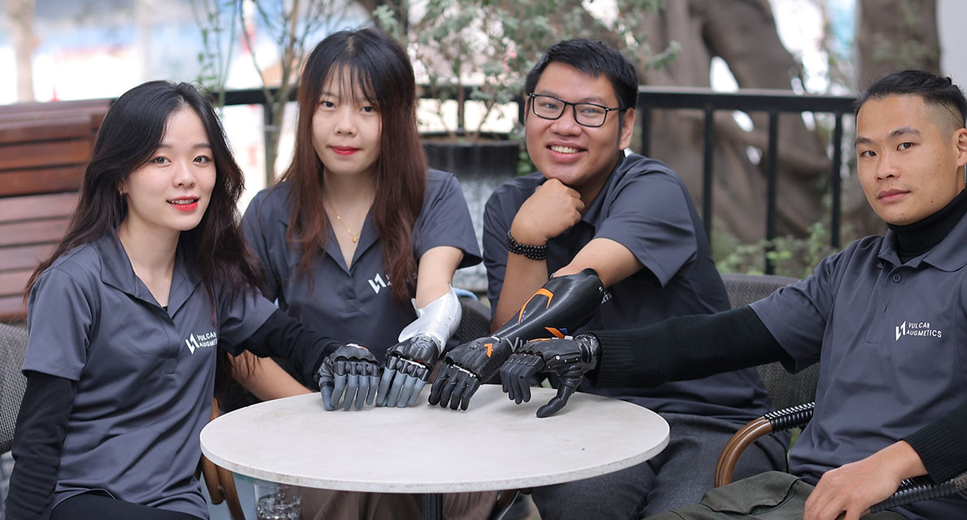Comparing Different Types of Artificial Limbs: Pros and Cons

Technology advancements have led to the creation of various types of artificial limbs , each tailored to meet specific needs and preferences. This guide will help you understand the different types of limb prosthetics available and their pros and cons to aid in making an informed decision. Types of Artificial Limbs Let's dive in! Passive Prosthetics Pros: Simplicity: Passive prosthetics are typically simple in design, requiring less maintenance and fewer adjustments. Cost-effective: They are generally more affordable than their active counterparts. Durability: Passive prosthetics are known for their longevity, built to last with fewer moving parts. Cons: Limited Functionality: These prosthetics primarily serve aesthetic purposes and offer limited movement and functionality. Lack of Adaptability: They are unsuitable for tasks requiring fine motor skills or complex movements. 2. ...
